The revival of silk
In 2025, the annual Fine Arts Award of the Ho Chi Minh City Fine Arts Association chose silk paintings as the focus, to encourage the creative spirit of the authors, while honoring a traditional material that had been in a period of decline.
Through the preliminary round, 114 works by 89 authors were selected for display. These numbers not only have statistical significance, but also reflect the passion and attachment of many generations of artists to silk - a material that requires sophistication, patience and solid technique. This year's exhibition brings together authors from Ho Chi Minh City, Quang Ninh, Gia Lai, Can Tho , Dong Nai, Vinh Long... This convergence has created a diverse and rich space, affirming the strong vitality of silk paintings in the common life of fine arts nationwide.
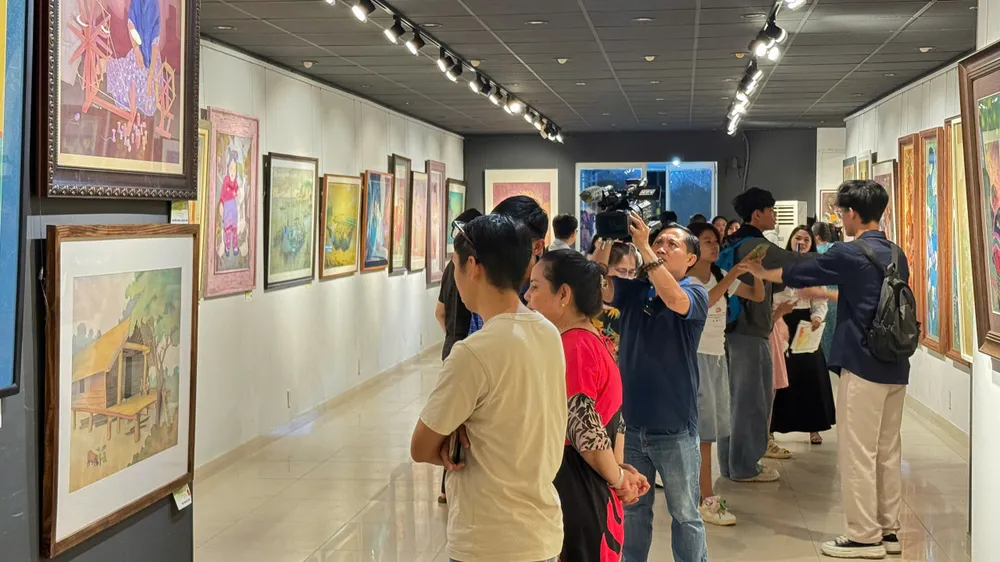
If in the past, silk paintings were often associated with traditional themes, tending towards lyrical and gentle beauty, now, young authors have brought new perspectives. This change is not accidental but represents a modern innovation.
Many critics acknowledge the fact that in recent years, silk painters have boldly innovated techniques, handled color palettes, and added more modern blocks and tones to their paintings, while still maintaining the poetry and smoothness inherent in silk. It is the harmony between tradition and modernity that has created a special appeal, helping silk paintings today touch the hearts of viewers.
Painter Nguyen Trung Tin, Chairman of the Art Council of the 2025 Fine Arts Awards, Ho Chi Minh City Fine Arts Association, shared: "The efforts to revive silk paintings by the Ho Chi Minh City art community have brought positive results, creating unique and distinctive features compared to the works of artists in other localities."
Unleash new creativity
In the context of integration, when many new art trends are introduced, silk material is still chosen by the young generation of artists as a positive signal, proving the intrinsic vitality of traditional Vietnamese materials. However, for the return of silk painting to be more sustainable, more playgrounds, awards, creative camps, exhibition opportunities and international exchanges are needed. At the same time, training at art schools also needs to pay more attention to this material, inspiring creative interest in students - the owners of tomorrow's fine arts.
Winning the first prize of the 2025 Fine Arts Award, young artist Le Thi Que Huong (born in 1996) shared that after graduating from the Silk Painting major at the Ho Chi Minh City University of Fine Arts, she spent most of her time on personal creations, thanks to which silk painting became as familiar to her as daily breathing. Que Huong often uses silk woven by an artisan in Ha Nam , with 2 types: raw and fine threads, each with its own beauty. She especially loves raw silk because when painting, the colors become brighter and richer.
“In creating silk paintings, sketching the composition is the most important step. Because painting on silk requires absolute precision: once the lines or colors are placed on the silk, they cannot be erased or edited. Therefore, from the sketch to the coloring process, everything must be carefully calculated. The person doing it needs to be meticulous, patient and brave to master the material. As a young person living in the new era, I often create from things close to my life, from there, the paintings are like records, preserving a part of the breath of the era,” Que Huong shared.
It can be affirmed that silk paintings today have stepped out of their “comfort zone”, taking on a contemporary breath. This return is not simply a revival of a material, but also a testament to the adaptability and strong revival of traditional Vietnamese art. When art finds sympathy from the public, tradition is inherited and enhanced, that is also the time when the national cultural identity is affirmed and spread more strongly.
Source: https://www.sggp.org.vn/suc-hut-moi-cua-tranh-lua-post812053.html


![[Photo] President of the Cuban National Assembly visits President Ho Chi Minh's Mausoleum](https://vphoto.vietnam.vn/thumb/1200x675/vietnam/resource/IMAGE/2025/10/1/39f1142310fc4dae9e3de4fcc9ac2ed0)


![[Photo] Keep your warehouse safe in all situations](https://vphoto.vietnam.vn/thumb/1200x675/vietnam/resource/IMAGE/2025/10/1/3eb4eceafe68497989865e7faa4e4d0e)
![[Photo] Hanoi morning of October 1: Prolonged flooding, people wade to work](https://vphoto.vietnam.vn/thumb/1200x675/vietnam/resource/IMAGE/2025/10/1/189be28938e3493fa26b2938efa2059e)



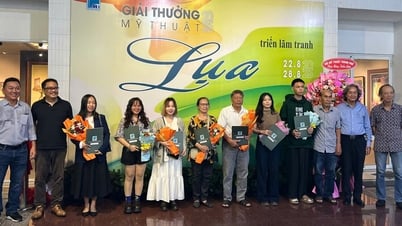
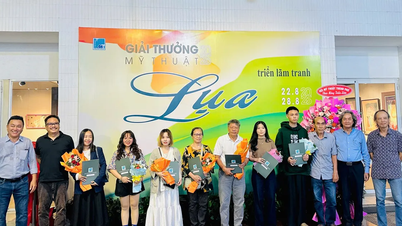
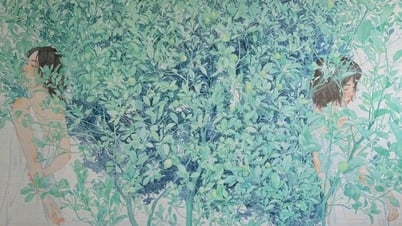



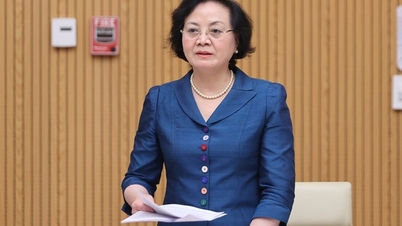

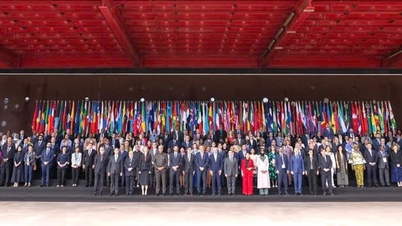




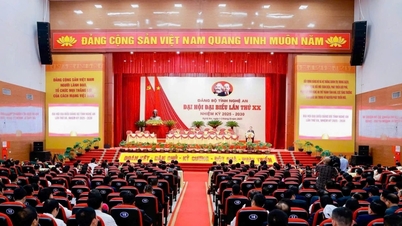







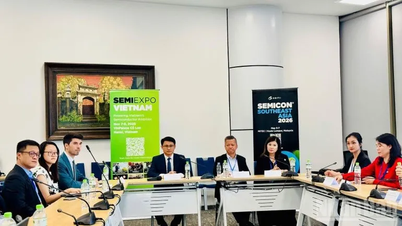







































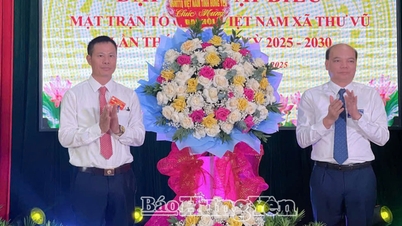





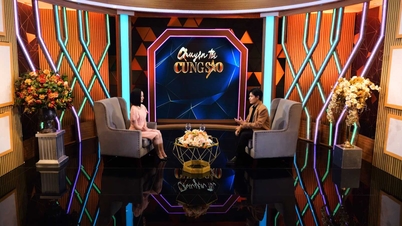

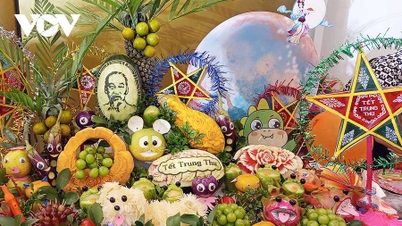
















Comment (0)